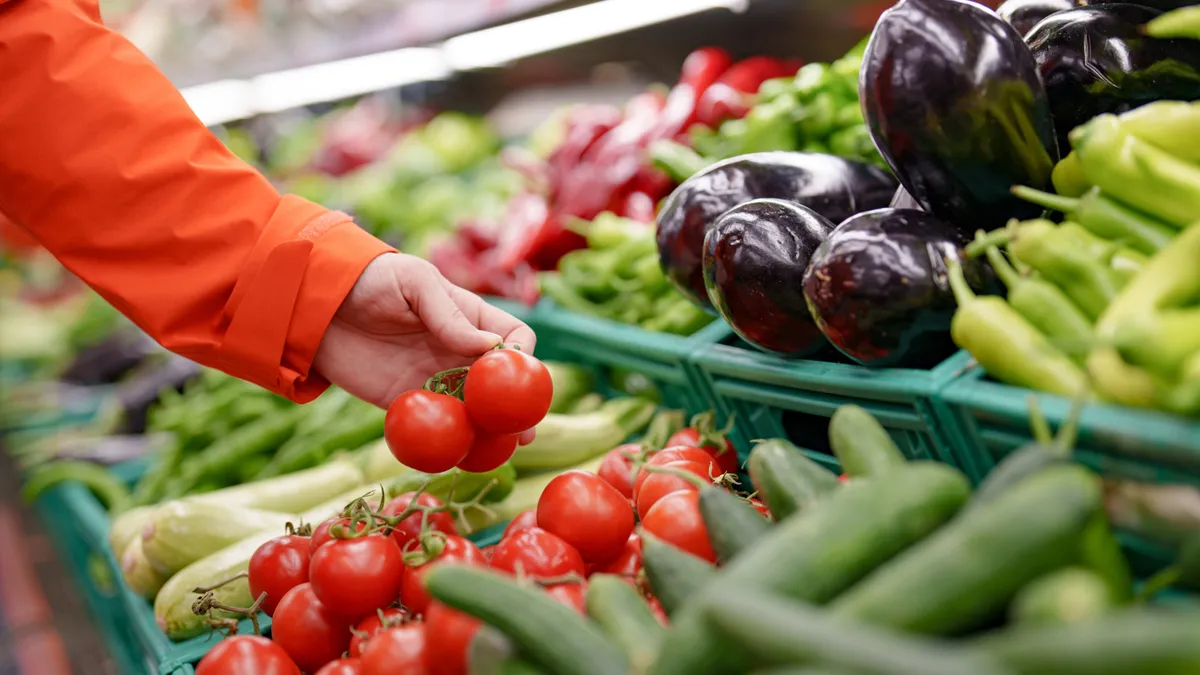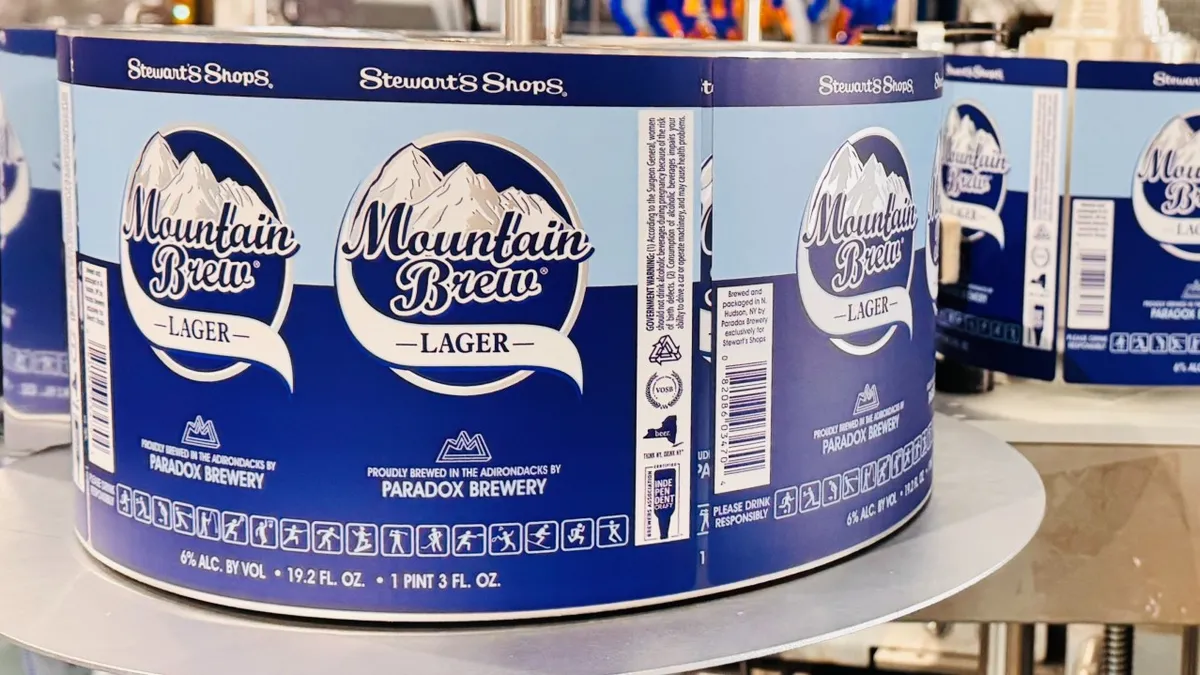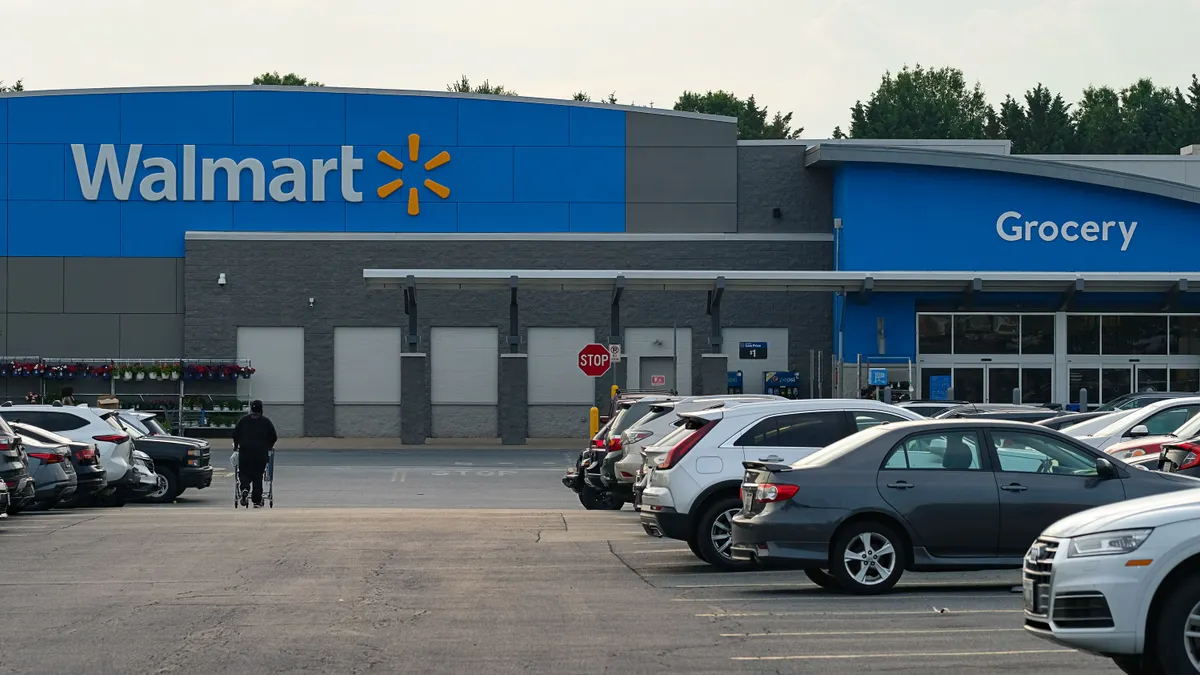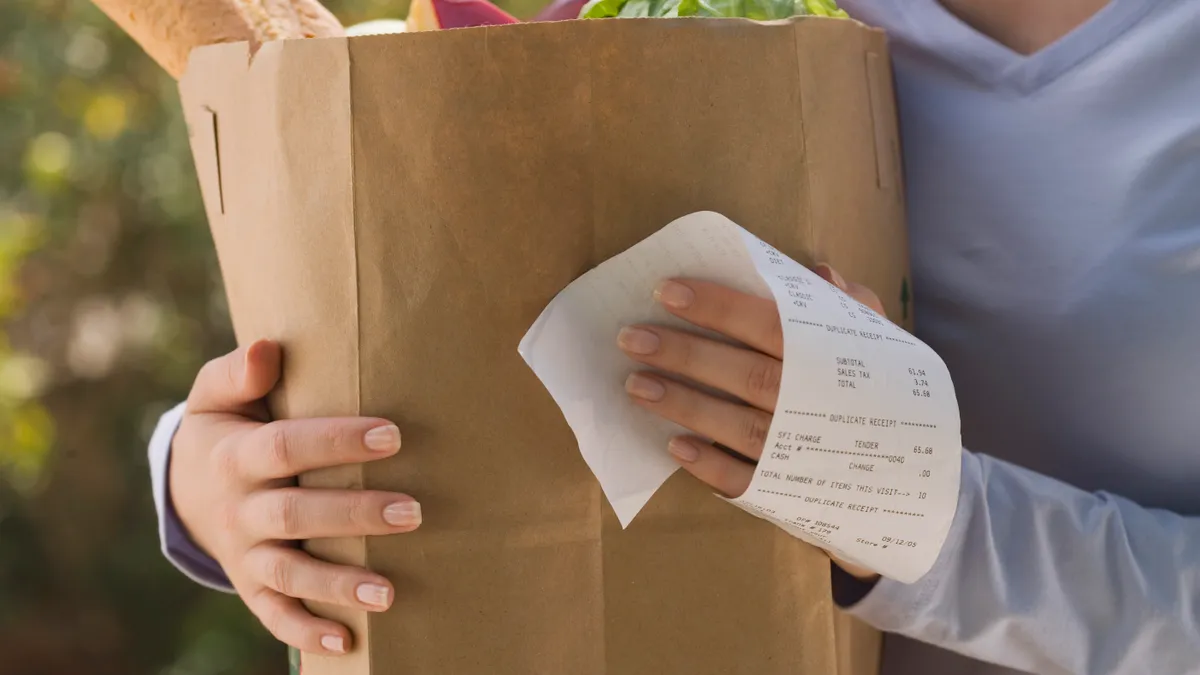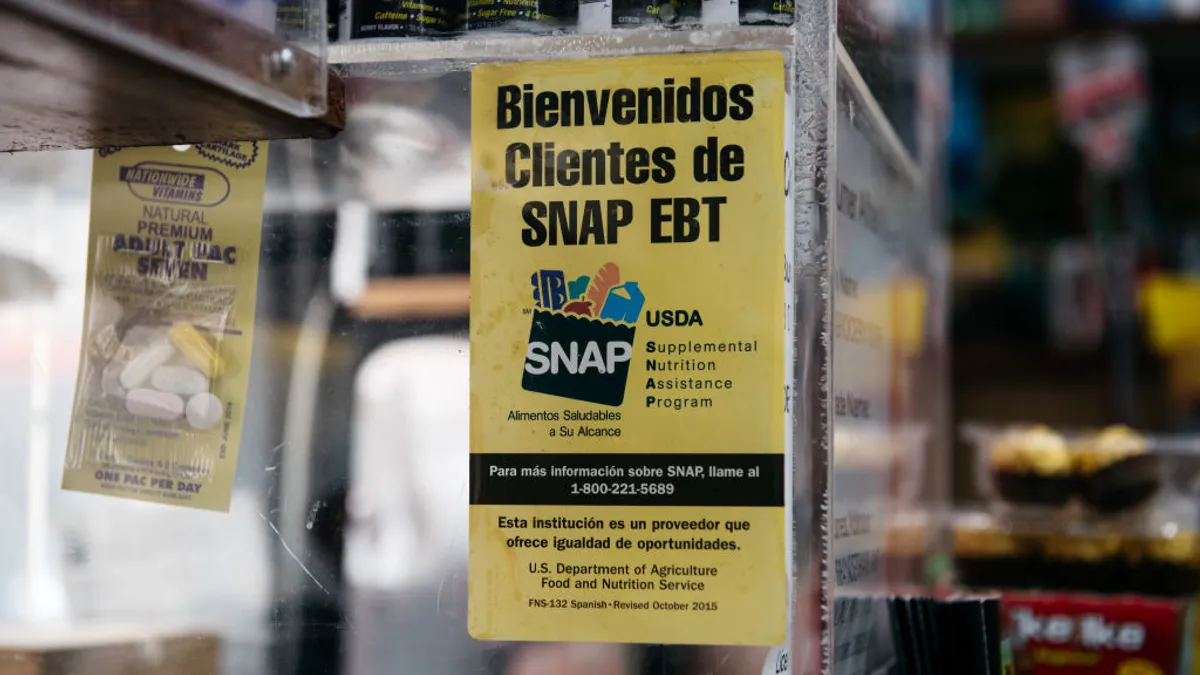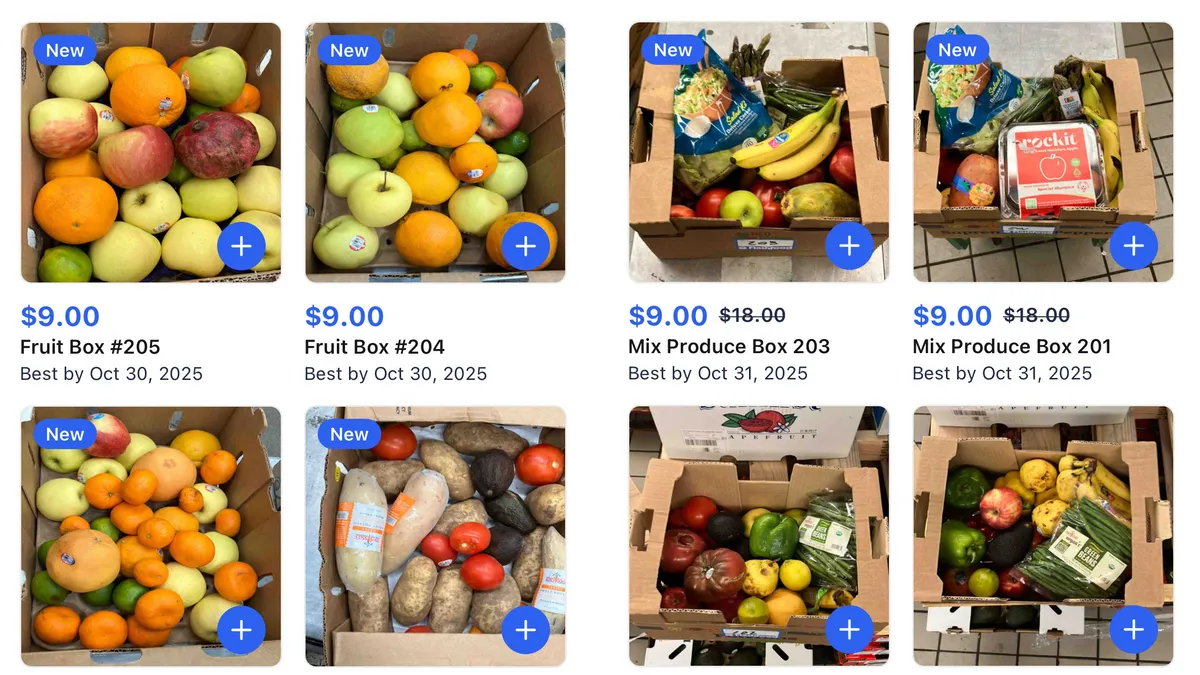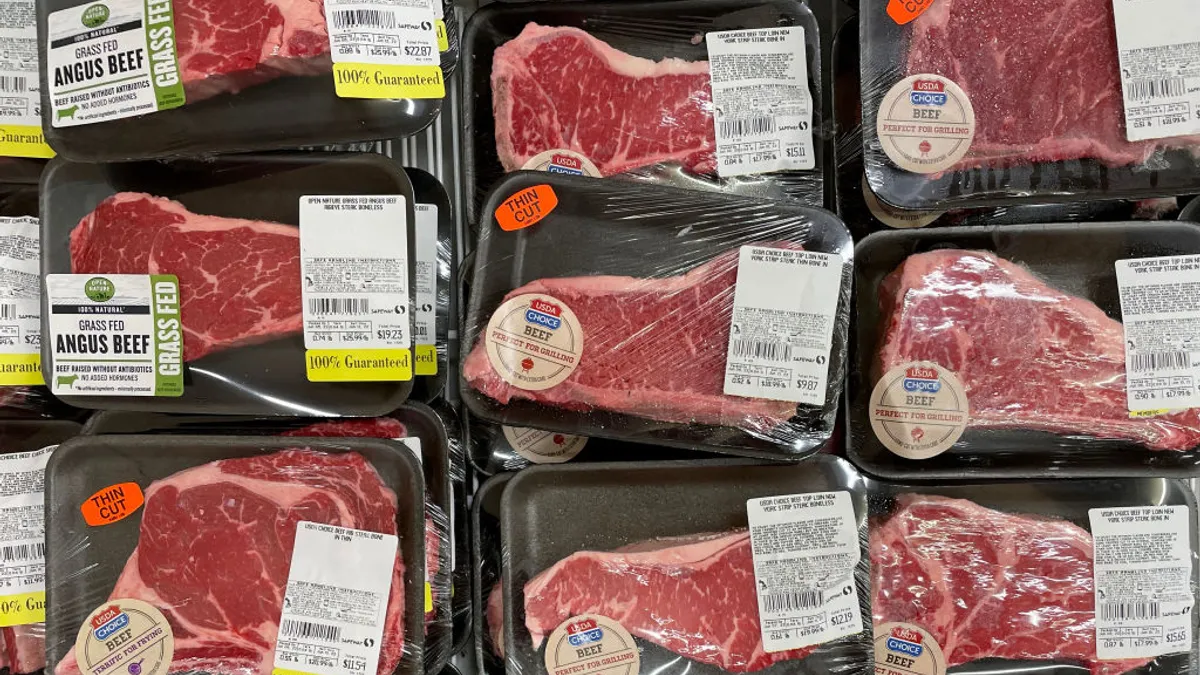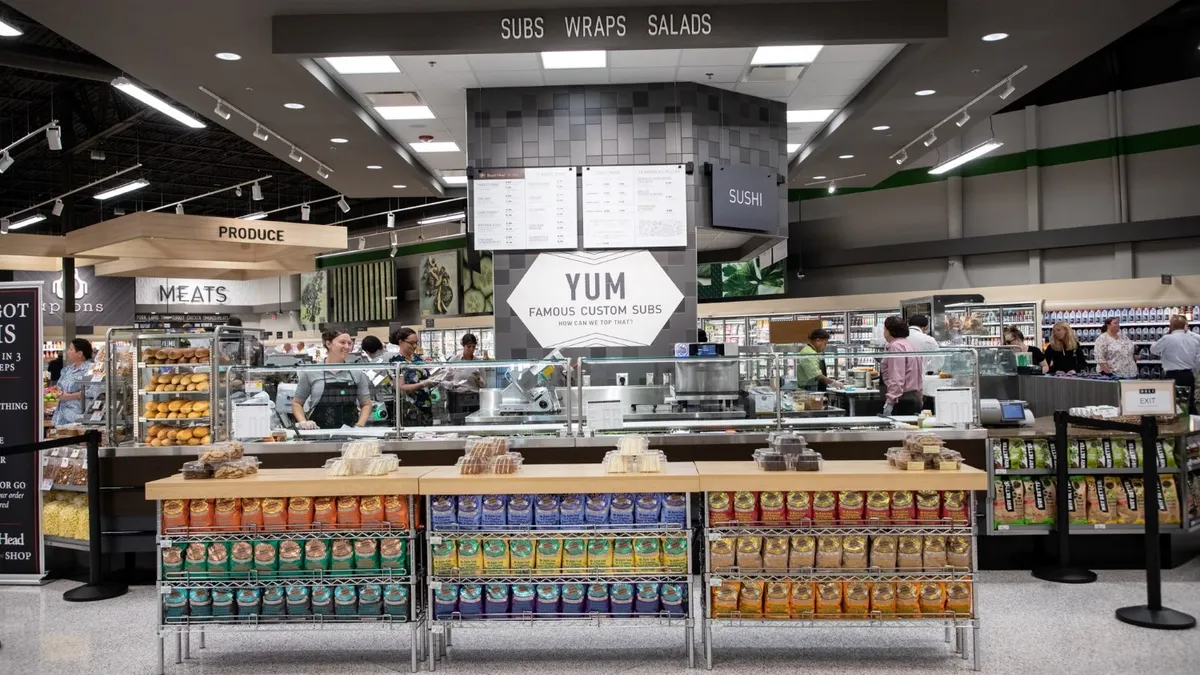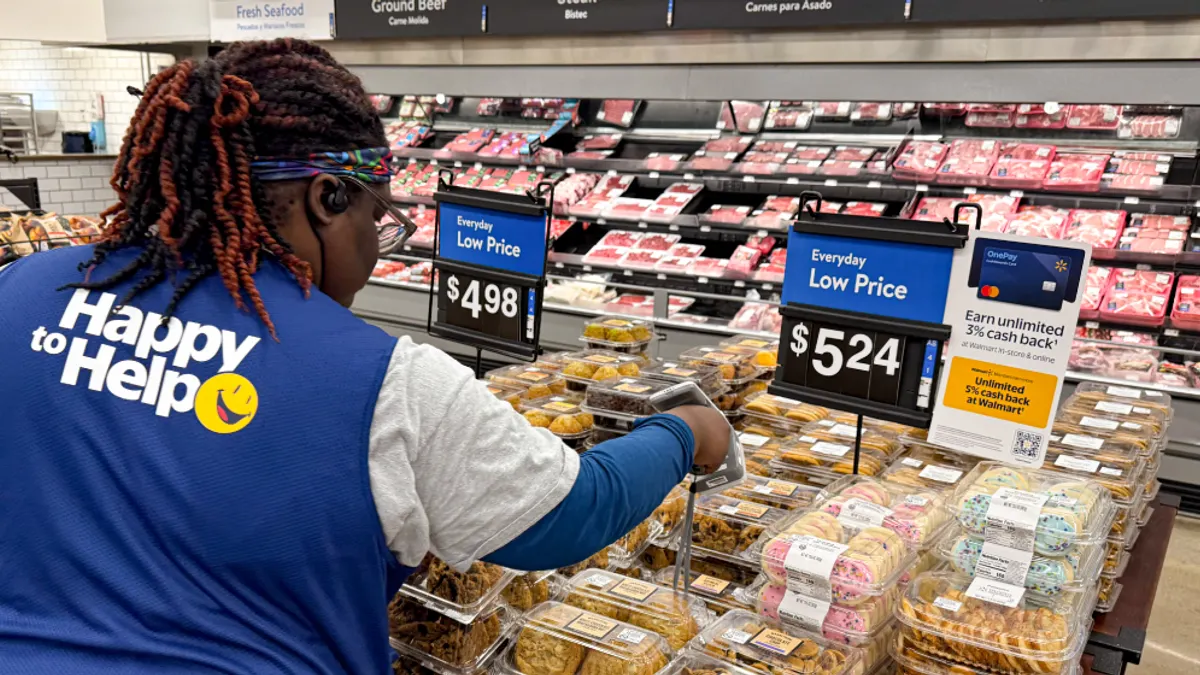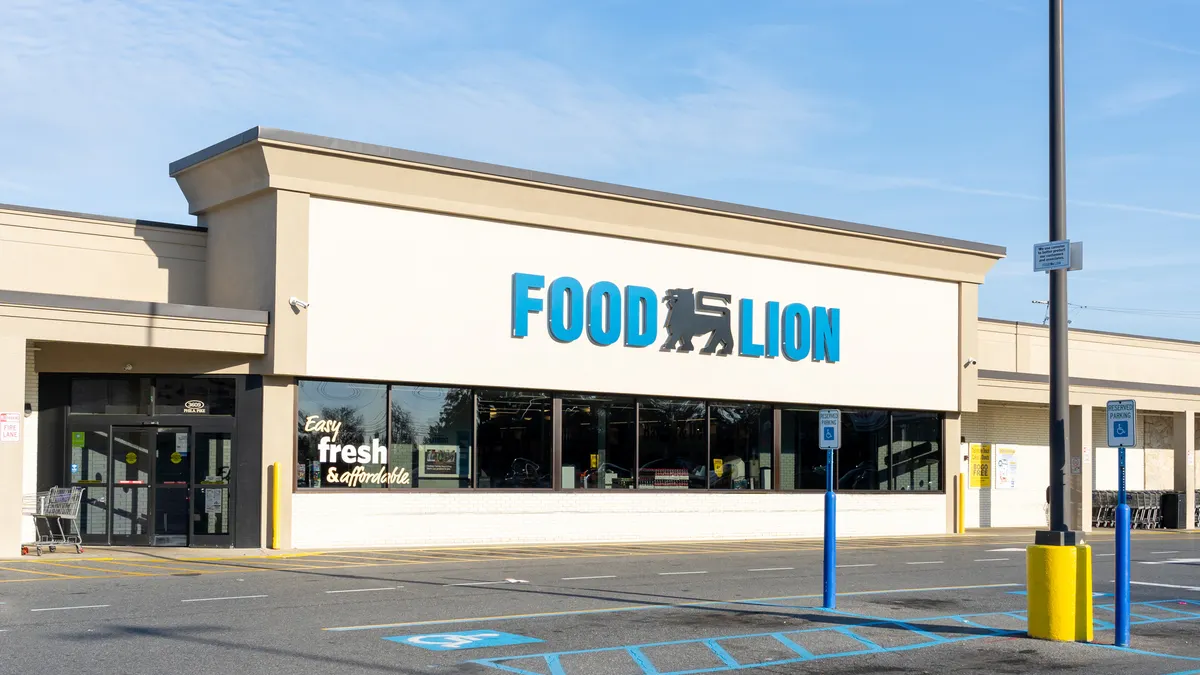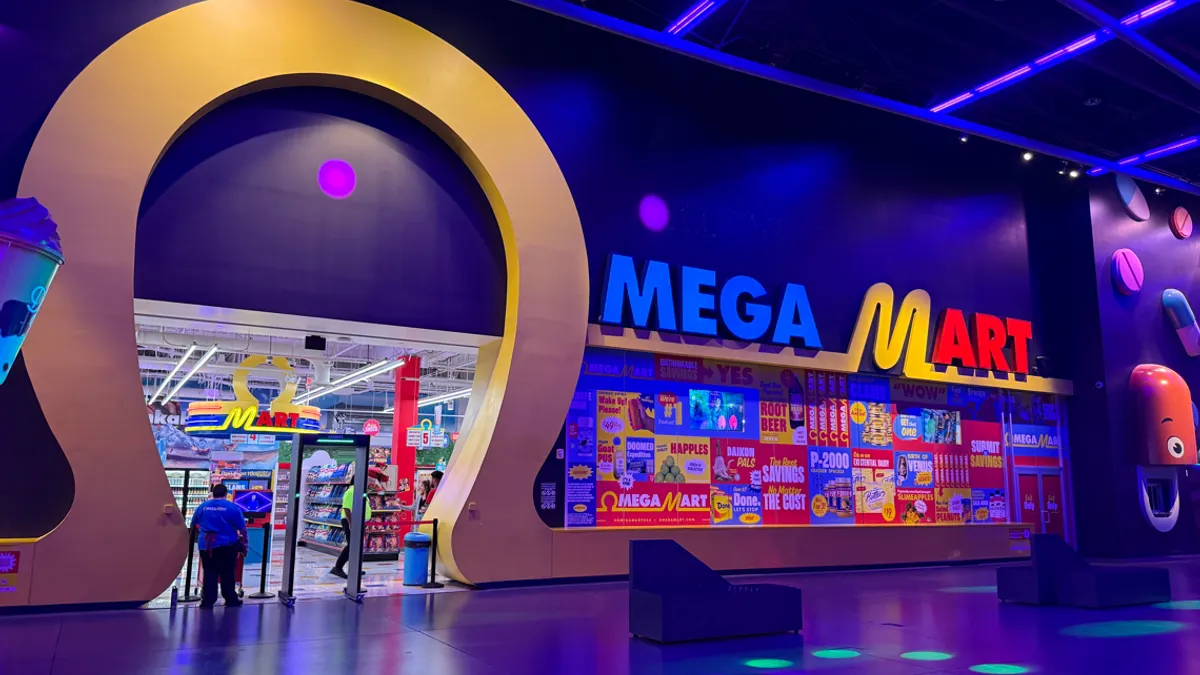Food traceability requirements that go into effect early next year are forcing grocers to confront financial hurdles and supplier challenges — and also legal consequences if they are non-compliant.
Retailers now have less than one year to meet the requirements of section 204 of the Food Safety Modernization Act (FSMA), which goes into effect on Jan. 20, 2026. The legislation aims to improve supply chain traceability to more quickly identify and remove potentially contaminated foods.
It’s imperative for retailers to understand the requirements, given that they are also liable under the rule, Derek Hannum, chief customer officer at ReposiTrak, shared during a webinar hosted by the National Grocers Association in November.
Here’s a rundown of what grocers need to know as the compliance date approaches.
What grocers need to know about food traceability
FSMA 204 requires traceability for certain foods on the Food Traceability List (FTL) such as soft cheeses, sprouts, tomatoes, crustaceans and mollusks.
Those who manufacture, process, pack or hold these items must keep records containing Key Data Elements (KDE) about the products and be able to provide that information within 24 hours of a request from the Food and Drug Administration. The KDE records must be created and maintained as products go from suppliers to distribution centers to stores and restaurants and then be saved for two years, Hannum said.
Some KDEs, like the traceability lot code and product description, can be printed on a label, while others, such as the date when food was received, cannot, Hannum said during the webinar.
Retailers with a central kitchen or that make deli foods in one store to provide to multiple stores will need to go through additional data steps that include creating a new traceability lot code for the transformed food items, according to a webinar last year hosted by Independent Grocers Alliance CEO John Ross and Stephanie Johnson, who is now group vice president of government relations and political affairs for NGA.
If suppliers do not have a way to send lot codes and related data, grocers and wholesalers will need to figure out a way to manually collect the information, Hannum said, adding that those companies should start reviewing case labels and letting suppliers know about lot code requirements.
Retailers and wholesalers need to think about traceability implementation as three distinct phases: supplier onboarding to enable data sharing, traceability at the distribution center, and warehouse level and traceability at the store level, Hannum added.
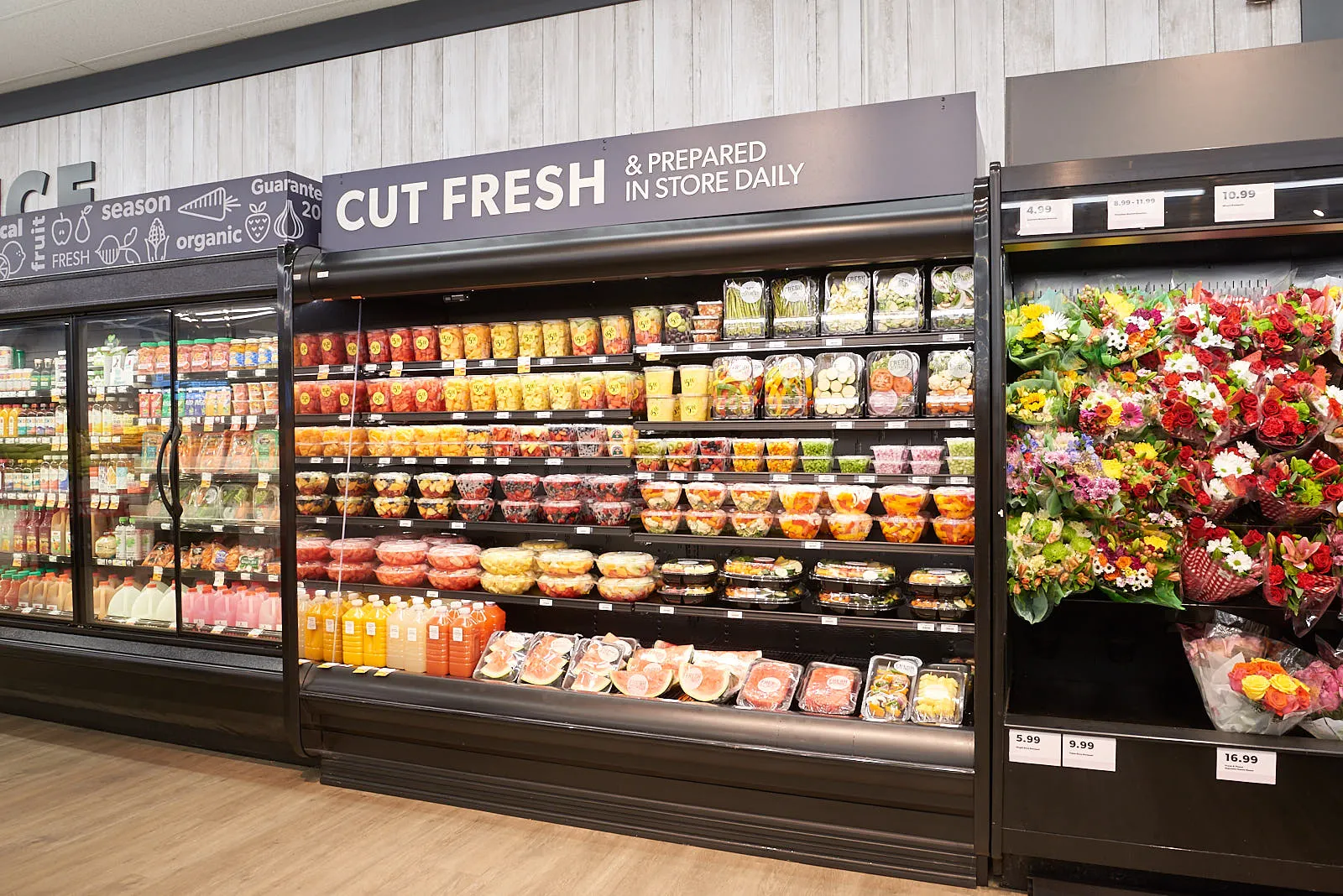
Evolving industry perceptions of traceability
Food traceability has evolved to become not just a regulatory requirement but also a competitive advantage as retailers such as Kroger, Albertsons and Walmart have implemented traceability programs that are more robust than what the FDA’s rules require, ReposiTrak Chairman and CEO Randy Fields said in a statement earlier this week.
“The nation’s largest retailers have announced traceability programs that require more traceability data per shipment for more foods than the FDA, and their timelines are much shorter than the FDA,” Fields said. “At this point, it’s these retailers, not the FDA, who are setting the bar for the industry.”
Kroger, for example, decided to establish a traceability policy that goes beyond items required by FSMA to all food products entering its facilities. The grocer’s deadline of June 30 is six months before the FSMA’s.
“We don’t want to have to go back and reconfigure systems again say, for example, if the FTL list changes, and so it’s kind of serving both purposes of it’s the right thing to do but also it’s the most efficient way to manage that evolving landscape and be prepared for future changes,” Catherine Cosby, Kroger’s director of food safety and regulatory compliance, said on Trustwell’s Food Tech Talk.
Customer expectations are also fueling the grocer’s work on food traceability.
“[Food safety] is something that consumers expect,” Cosby said. “They have for a long time expected that transparency in understanding where their products have come from.”
Overcoming remaining challenges
Grocers need to understand that suppliers can have a range of technical capabilities when it comes to food traceability, Hannum of ReposiTrak said. Earlier this month, ReposiTrak and store operations firm Upshop unveiled a partnership to provide grocers with improved access to supply chain data for food traceability efforts.
Kroger is working to build a central system that collects data including supplier information and inbound and outbound traceability details in one place, Cosby said. In mid-2023, Kroger completed initial systems design work to enable product and data mapping as an item moves through the supply chain, according to the grocer’s 2023 ESG report. Helping its tech teams understand the traceability requirements was key as the grocer evaluated its legacy systems, Cosby said.
“Being able to lean on our technology partners to understand our current technology limitations today and how we need to move forward with the new requirements moving forward has been a godsend for us,” Cosby said.
Johnson of NGA said during the webinar that grocers looking to work with a third party on compliance should communicate with their wholesalers and software companies to ensure they understand compliance within their individual stores.
Cosby also noted that it can be easy to overlook all of the steps in the supply chain process: “Sometimes distribution is that forgotten stepchild in the middle.” But to be compliant, it’s important to not only remember but also record the supply chain touchpoints for products, Cosby said.
Still, grocers and suppliers are grappling with questions about how to ensure consistent information sharing with the FDA across the supply chain, Cosby said.
Working with regulators to have a clear understanding of what the rule requires and how to ask for any clarification are other top-of-mind issues, Cosby said. Retailers can give regulators visibility into their processes — especially when there are subtle differences — to help address unknowns, like what to do when an item with a missing case label gets transferred from one store to another.
“What we don’t want to do is to implement these systems based off of what we think [the rule] says,” Cosby




